In medicine, when research is conducted and systems improved, lives are saved. Such is the case with the acronym FAST which was first launched nationally in 2013 to generate awareness for the signs of stroke: face dropping, arm weakness, speech difficulty, time to call 911.
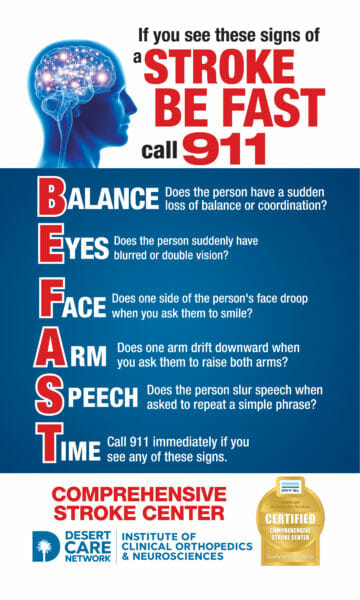
Now, research has identified symptoms missed and two have been added: balance (loss of balance, leg weakness, dizziness) and eyes (blurred vision or loss of vision in one or both eyes) creating BE FAST. This new acronym is being adopted by both the American Heart/American Stroke Associations (AHA) and the Centers for Disease Control (CDC), according to JFK Hospital’s Stoke/Chest Pain Coordinator Jean Novales, MBA, MSN, RN.
“There were signs people were missing that were previously considered atypical, but adding these symptoms has proven to save lives,” says Novales. Symptoms can be similar for both types of strokes: ischemic, when a blood clot creates oxygen deprivation, and hemorrhagic, a brain bleed due to a vessel burst or head injury. About 87 percent of all strokes are ischemic and 13 percent hemorrhagic.1
The study for change
A 2014 study at the University of Kentucky Stroke Center concluded that 14 percent of those presenting with stroke did not have any FAST symptoms. Of those, 70 percent had either gait imbalance/leg weakness (42 percent) or visual symptoms (40 percent). Adding these symptoms to the list decreased the number with non-listed symptoms to only 4.4 percent, potentially saving 10 percent more lives.2
Both men and women need to know
It’s important for both men and women to recognize the signs of stroke. According to the CDC, the lifetime risk for women between the ages of 55 and 75 in the U.S. is a staggering 1 in 5. Stroke kills twice as many women as breast cancer, making it the third leading cause of death for women.3
However, stroke is a leading cause of death in men, killing almost the same number each year as prostate cancer and Alzheimer’s combined.4 It is also a leading cause of long-term disability.
“People don’t realize that this could happen to them,” says Novales. “Especially woman, as we tend to tell ourselves ‘I’ll be fine; I just need to sleep it off.’ But symptoms get worse with time.” In her experience, women can also present with more subtle signs such as trouble walking or lack of coordination, severe headache without a known cause, general weakness, disorientation and confusion, memory problems, fatigue, nausea or vomiting.
“A lot of people who experienced stroke had no idea their symptoms were indeed stroke,” she notes. “One gentleman told me that he didn’t realize his achy, uncontrollable foot was the sign of a stroke until his speech started to slur and he got a headache.”
Most strokes are preventable
The good news is that 4 out of 5 strokes are preventable, so knowing your risks and taking action is a good place to start.4
Uncontrolled high blood pressure (the major cause of a stroke), physical inactivity and a sedentary lifestyle, poor nutrition, smoking, excessive alcohol, obesity, diabetes, high cholesterol and illicit drug use are all contributing factors which can be modified. Novales adds that contraceptive use, preeclampsia (pregnancy induced high blood pressure), hormonal therapy, a-fib (atrial fibrillation) and migraines with auras can also increase risks, and smokers have two to four times the stroke risk of non-smokers, even for those who quit more than 10 years ago.
She recommends moderate to vigorous activities such as biking or swimming which may reduce stroke risk by 35 percent, and choosing healthier eating habits which incorporate fruits, vegetables, low salt and heart-healthy fats. “Be compliant with medications and keep regular doctor visits as these preventative measures can keep you away from the hospital.”
Act fast
Time is still the most important factor as minutes matter when it comes to stroke, reminds Novales. “Symptoms can come within minutes or build over days, so it is important to be aware and to get help. In 10 minutes brain matter can die; within an hour, more tissue can die and the damage can then become irreversible.”
The gold standard in treating ischemic strokes is still an injection of tPA (tissue plasminogen activator) which can dissolve clots, restore blood flow to the brain and potentially reverse symptoms if given within the first three hours.
If you learn to recognize the symptoms and think you may be experiencing a stroke, it is best to get yourself to the emergency department, advises Novales. “People are apprehensive to go to the emergency room these days due to COVID or cost, but nothing is more important or valuable than your life, so it is better to be safe, and time is of the essence.”
All Desert Care Network hospitals have stroke certifications: Desert Regional Medical Center is a Comprehensive Stroke Center; JFK is a Primary Stroke Center; and Hi-Desert Medical Center is a Stroke Ready Hospital. For more information, visit www.DesertCareNetwork.com/stroke.
References: 1) https://www.hopkinsmedicine.org/health/conditions-and-diseases/stroke/types-of-stroke; 2) https://www.ahajournals.org/doi/10.1161/STROKEAHA.116.015169; 3) https://www.cdc.gov/stroke/women.htm; 4) https://www.cdc.gov/stroke/men.htm







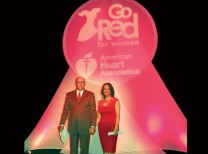
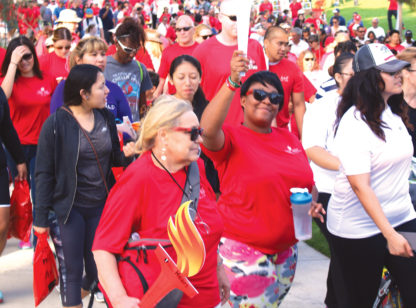



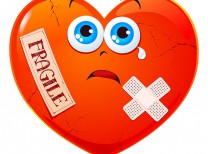
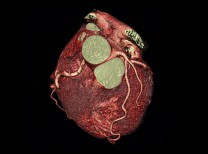



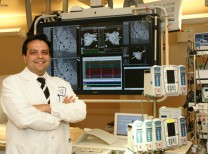
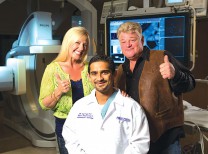




























Comments (0)